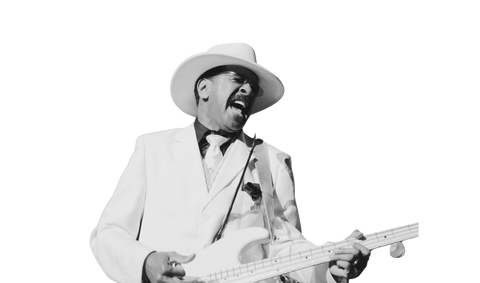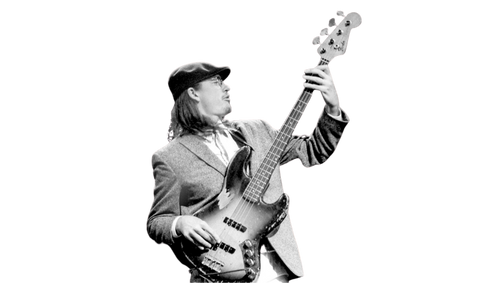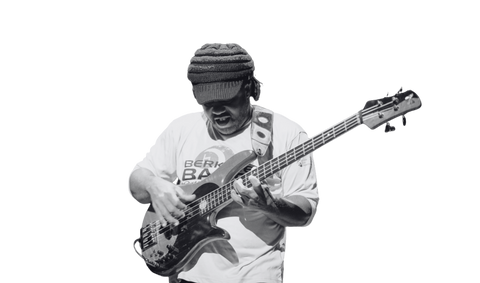
Slap Bass Basics: A Beginners Guide
Slap bass is a technique that adds a distinct sound to music, especially in funk, jazz, and rock. This guide will help you learn the skills needed to master slap bass, whether you’re just starting or looking to improve your technique.
Understanding Slap Bass Technique Essentials
Slap bass involves hitting the strings with the thumb and pulling them with the fingers, creating a punchy sound. This technique became popular in the late 1960s and early 70s, with players like Larry Graham and others leading the way. Their playing styles have motivated many musicians to try slap bass.
“The slap bass is the heartbeat of funk music. It drives the rhythm and lifts the energy.” — Larry Graham
Selecting Equipment and Proper Setup
Choosing Your Bass:
Almost any bass guitar can work, but those made for slap bass usually have a faster neck and higher action. You can use both 4-string and 5-string models; it comes down to personal choice.
Strings:
Roundwound strings are a good choice because they produce a bright tone ideal for slap playing. A medium gauge (0.045–0.105) is often a good starting point.
Amplifier Settings:
To improve your slap bass tone, adjust your amp settings. Boost the mids for clarity and raise the treble for a sharper sound. Don’t forget to try compression to balance the dynamics.
Mastering Basic Slap Bass Techniques
The Basic Slap:
- Position your thumb over the string (usually the E string) and hit it downward.
- Let your thumb bounce off the string, allowing it to ring.
- Use your index or middle finger to pull the next string (A or D) upwards.
Start slowly, focusing on producing a clean sound.
The Pull:
The pull technique works with the slap, adding depth to your playing. Here’s how to do it:
- After slapping a string, pull it with your finger.
- Let the string snap back against the fretboard, creating a muted sound.
Practice alternating between slap and pull to improve your fluidity.
Muting Techniques for Cleaner Sound:
Effective muting is important in slap bass to avoid unwanted noise. Here are two key muting methods:
- Thumb Muting: Use your thumb to lightly touch the string above the one you're playing.
- Palm Muting: Place your palm on the strings near the bridge while playing, creating a more percussive sound.
Combining Techniques for Unique Sound
Mixing slapping and plucking can enhance your sound. A useful exercise is to alternate between slap and fingerstyle, starting slow and gradually increasing speed. This will improve coordination and musicality.
“Slap bass is not just a technique; it’s a way of expressing yourself.” — Victor Wooten
Developing Groove and Timing Skills
Groove is key in slap bass playing. To work on your timing, practice with a metronome, focusing on both on-beat and off-beat playing. Begin with simple patterns and move on to more complex rhythms.
Exploring Advanced Slap Bass Techniques
Once you’re comfortable with the basics, try advanced techniques:
- Double Thumbing: This involves using the thumb to strike both upward and downward on the strings, creating a rapid sound.
- Harmonics: You can also use harmonics for a unique effect. Lightly touch the string above the fret while slapping to create a bell-like tone.
Creating an Effective Practice Routine
A good practice routine is important for progress. Here’s a suggested daily plan:
- Warm up with scales and arpeggios.
- Spend 10-15 minutes on slap and pull exercises.
- Work on muting techniques for 5-10 minutes.
- Practice groove exercises with a metronome.
- Explore advanced techniques.
Conclusion
Slap bass is an exciting technique that can change your playing. By learning the basics, practicing regularly, and trying advanced techniques, you can develop your own style.
Photo Credit: blu-news.org Larry Graham Playing Slap Bass Guitar







